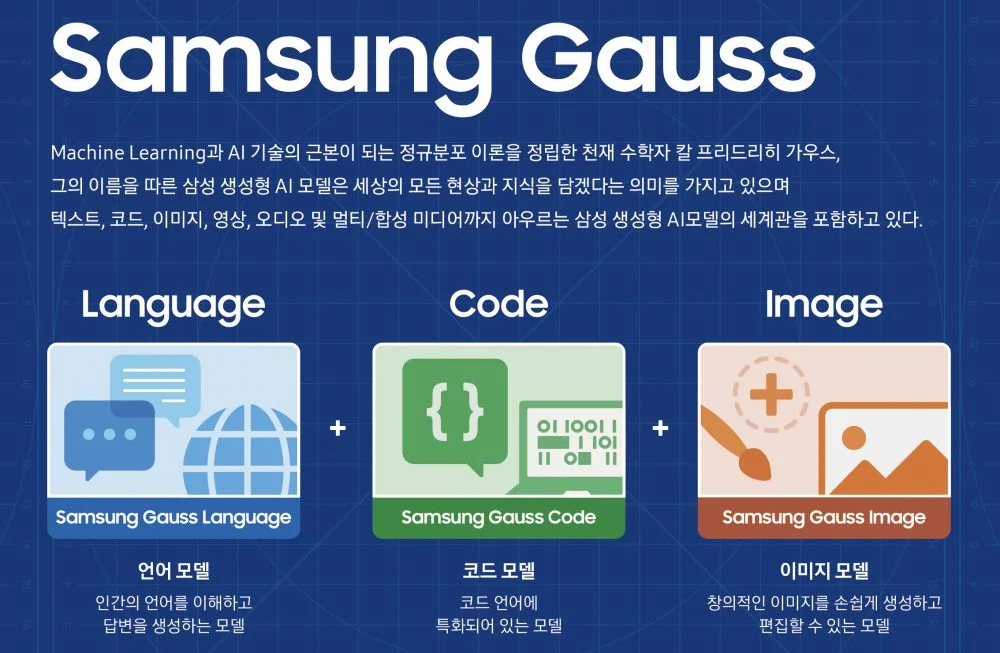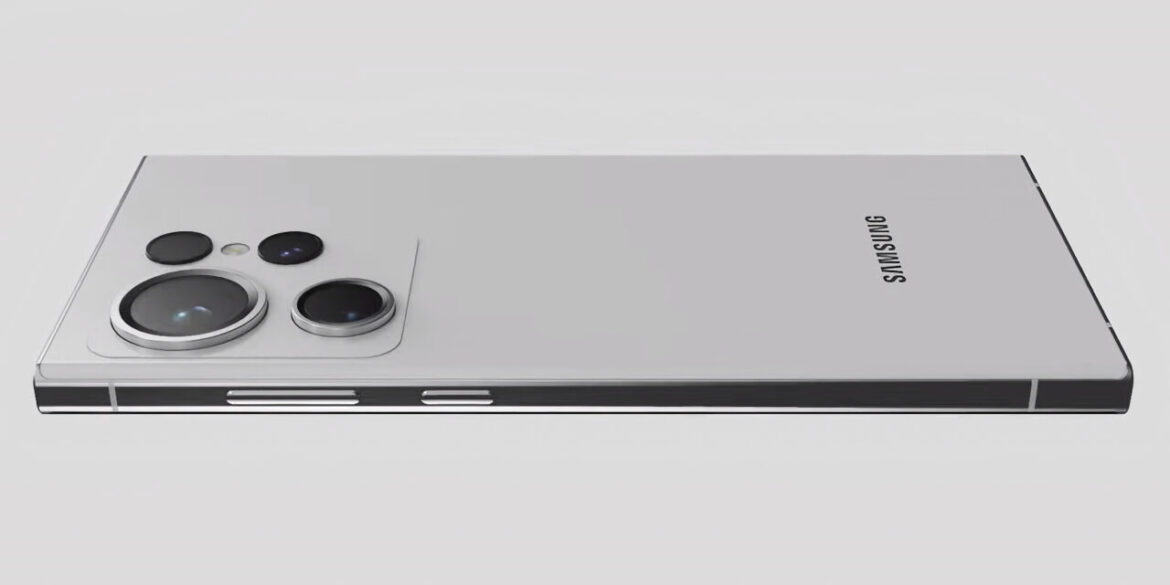At the Samsung AI Forum 2023 in Seoul, Samsung introduced its latest generative AI model, Gauss, aptly named after the renowned mathematician Carl Friedrich Gauss, who described the customary distribution law extensively utilized in machine learning.
Samsung Gauss is an entirely in-house development by Samsung Research, currently undergoing employee testing but with plans for broader accessibility in the company’s upcoming products. The model consists of three integral components:
Samsung Gauss Language – This model can comprehend natural language and generate responses. Its primary objective is to enhance productivity and assist with tasks such as composing emails, document editing, report generation, translation, and text composition. It promises to offer a more convenient and intuitive user experience when integrated into specific devices.
Samsung Gauss Code – Specializing in code, this component powers an assistant code. i, to be employed within Samsung itself. The model aims to simplify and expedite the software development process through an interactive interface. It can also describe code, although it doesn’t specify whether this pertains to code generated by Gauss Code or that submitted by the user.
Samsung Gauss Image – Responsible for image creation and editing, this module can alter an image’s style, enhance image quality, and add objects to existing illustrations. It supports generating images from scratch based on textual descriptions as well.

All three generative models are designed to operate entirely on the user’s device, ensuring the safeguarding of user data.
The first devices equipped with Samsung Gauss support are expected to launch soon. It is highly likely that flagship smartphones, such as the Galaxy S24, will be among the first to feature this innovation, with their official announcement anticipated in January 2024. Samsung Gauss promises to substantially enhance user interactions with these devices, including text generation, code development, and image manipulation.

